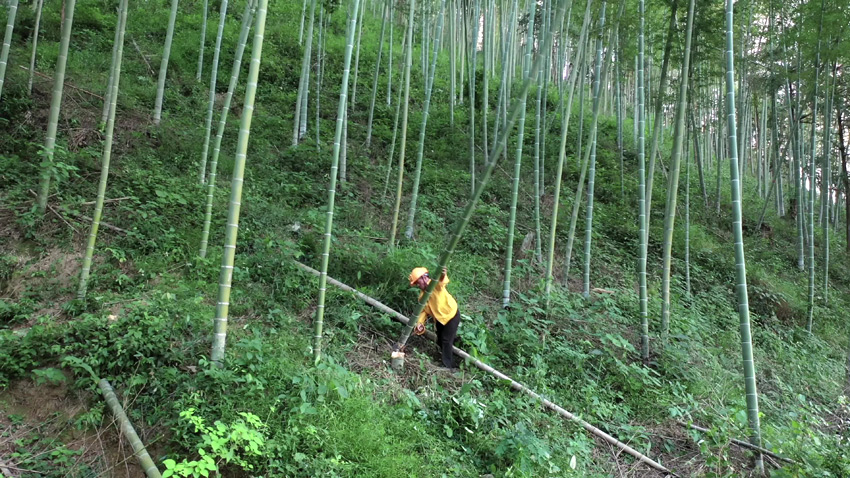Is bamboo decking a good choice for outdoor decks
By Steve
Posted on
Thursday, June 20, 2024 2:48 PM
There are myriads of choices today for decking, from artificial composite decking to natural wood and bamboo decking products. Understanding the physical strengths and weaknesses of each type of product will help you choose the best product for your situation. Also, whether you desire a real natural appearance or a deck that imitates a real wood visual appearance and comes in a variety of colors.
There are many choices in artificial composite deck brands. Composite deck planks are man-made and have a center core of organic wood particles and plastics wrapped with some synthetic skin material that gives the appearance of natural wood. They are offered in different thicknesses, lengths, colors, and price points.
Natural decking products, such as real wood or bamboo, are treated or untreated. Depending on the type of natural product, such as Ipe, pine, oak, or bamboo, can affect where it can be used and its overall performance. Most natural decking products are cut from trees into planks and sold that way. They are prone to cupping, buckling, and twisting. Bamboo, on the other hand, must go through a manufacturing process to convert it into solid, natural bamboo decking. This makes it more durable and less affected by weather, moisture, and temperature variations; and makes bamboo even more stable than most other natural wood decking products. This is why many homeowners and commercial contractors looking for a natural decking product have turned to bamboo decking worldwide. There is nothing like the beauty and durability of a natural product versus an artificial deck.
Although bamboo is grass, it is not like our grass lawns. Bamboo grows at an amazing speed and over a short period of time turns into a tall and much harder, looking more like some sort of tree than grass. Some bamboo species grow over 100 feet tall. To be harvested it has to been chopped or sawed down like a tree.

The process of making bamboo decking or flooring is fascinating. It starts with breaking the bamboo into thin, solid strands, which are then meticulously fused together into a solid plank with its original lignin and added binder before the finishing process. This careful treatment and joining of the strands significantly impact bamboo’s overall performance, making it a reliable and durable decking option.
In dassoXTR’s patented manufacturing process there are several added steps to ensure the bamboo deck planks we be more durable. During the manufacturing process all the natural nutrients (sugars and starch) are extracted, then the fibers are impregnated with resins, and finally compressed to form a solid, dense bamboo plank. To learn more, see: Fused Bamboo Principles Technology.
When it comes to durability and resistance, dassoXTR bamboo planks are in a league of their own. They are extremely resilient, standing up to insects, weather, and even fire. This is why dassoXTR’s bamboo decks are trusted in many exterior commercial applications worldwide, where many other decking brands, including artificial decks, are not allowed. With some care and maintenance, bamboo decks can last for many years, proving their worth in all types of weather conditions.